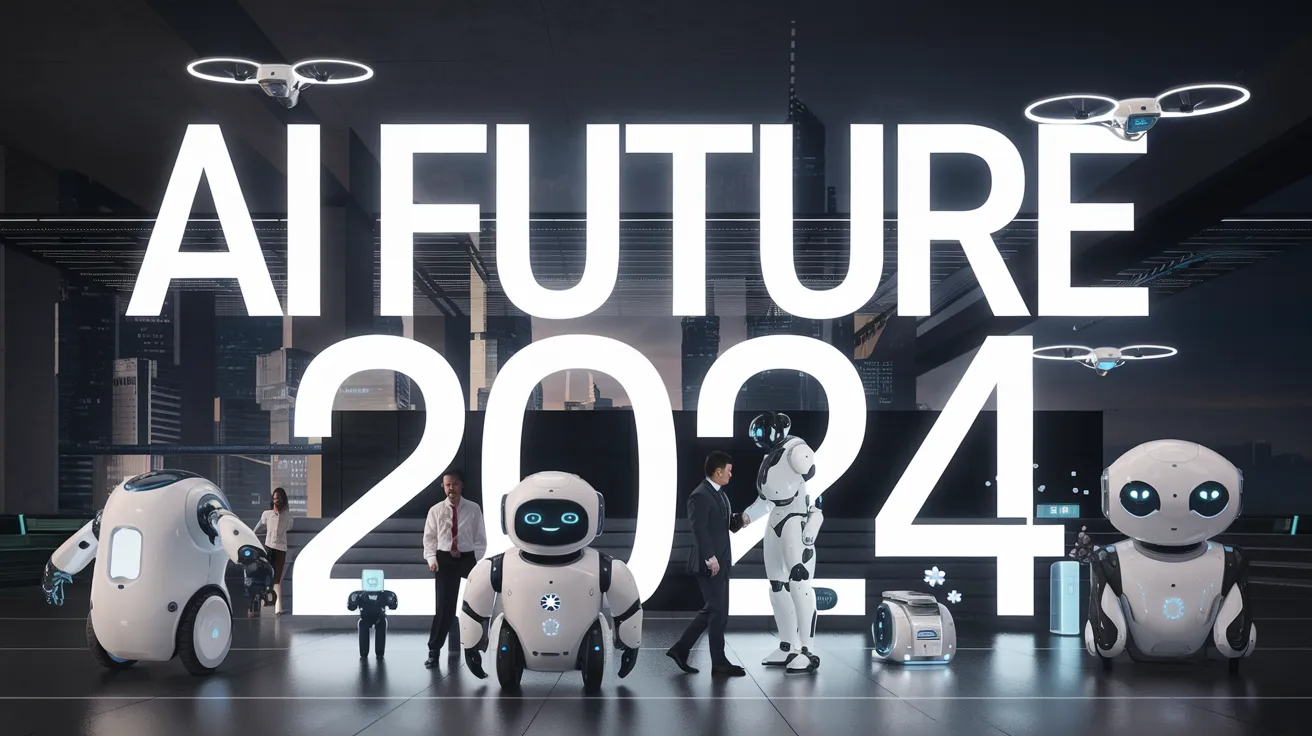AI’s Impact in 2024 and What’s Next

In 2024, artificial intelligence (AI) persistently moved to redefine the technological landscape, significantly impacting diverse domains like healthcare, transportation, and digital communication. The integration of AI-powered features into everyday tools—from search engines to cellphones—has made it an indispensable aspect of modern life. In a discussion with Reed Albergotti of Semafor, Jeffrey Brown reflects on the remarkable achievements and challenges faced within AI advancements throughout the year.
Remarkable Developments of 2024
AI’s dominance in 2024 can be marked by several pivotal advancements. Notably, self-driving cars experienced a resurgence after previous stagnation. Waymo, Google’s autonomous vehicle service, expanded its operations beyond just San Francisco and Arizona, planning to cover ten additional cities in 2025. Furthermore, Tesla’s full self-driving capabilities saw substantial improvements, marking important progress in the automotive sector.
Another groundbreaking advancement came with the release of text-to-video models, such as OpenAI’s Sora, which enable users to generate video content merely by providing textual prompts—making modern technology capable of creating practically lifelike content. This innovation was soon followed by a similar offering from Google, hinting at the competitive spirit in AI development.
Additionally, significant strides in reasoning models have emerged, introducing a ‘chain of thought’ approach, wherein AI systems can analyze multiple prospective solutions before arriving at an answer, enhancing user trust in AI capabilities.
Unrealized Potential and Limitations
Despite these advancements, some anticipated breakthroughs have yet to materialize. For instance, there was a broader expectation that AI would profoundly alter user interactions with computers, transitioning from manual commands to conversational queries that AI would execute autonomously. However, this leap remains hindered by both technological constraints and high operational costs associated with advanced AI systems. Brown notes that while the future may see the realization of this vision, progress is needed to address existing limitations.
The Evolving Role of Government
The conversation surrounding AI regulation and governance is also shifting. With influential voices, including Elon Musk, advocating for the U.S. to secure a leading position in the AI race against China, policy discussions are increasingly focused on infrastructure development that facilitates AI growth, rather than simply imposing restraints.
Upcoming government involvement may emphasize clearing bureaucratic hurdles that obstruct technological innovation, including regulatory adjustments for energy production crucial for sustaining expansive AI data centers.
Anticipating Future Developments
Looking ahead, Brown predicts noteworthy advancements in robotics that will challenge existing paradigms. Expectations include the emergence of robots capable of performing unfamiliar tasks, moving beyond narrow programming into realms of general intelligence. This could revolutionize various industries by enhancing the adaptability and applicability of robotic systems.
Moreover, the contribution of AI to scientific discovery is set to grow. Fields such as physics, biology, and material science will likely see breakthroughs powered by AI’s unparalleled ability to collate and analyze vast quantities of research, unveiling insights that could reshape entire disciplines.
Staying Informed in a Rapidly Evolving Field
For many, understanding the complexities of AI may seem daunting. Jeffrey Brown encourages ongoing curiosity as individuals explore AI technologies. Keeping abreast of advancements, experimenting with tools, and cultivating a deeper understanding of AI’s potential will be crucial as the implications of these technologies continue to unfold and impact daily lives.
As we enter 2025, the excitement surrounding AI is palpable, promising a future filled with innovations that may redefine human interaction with technology.